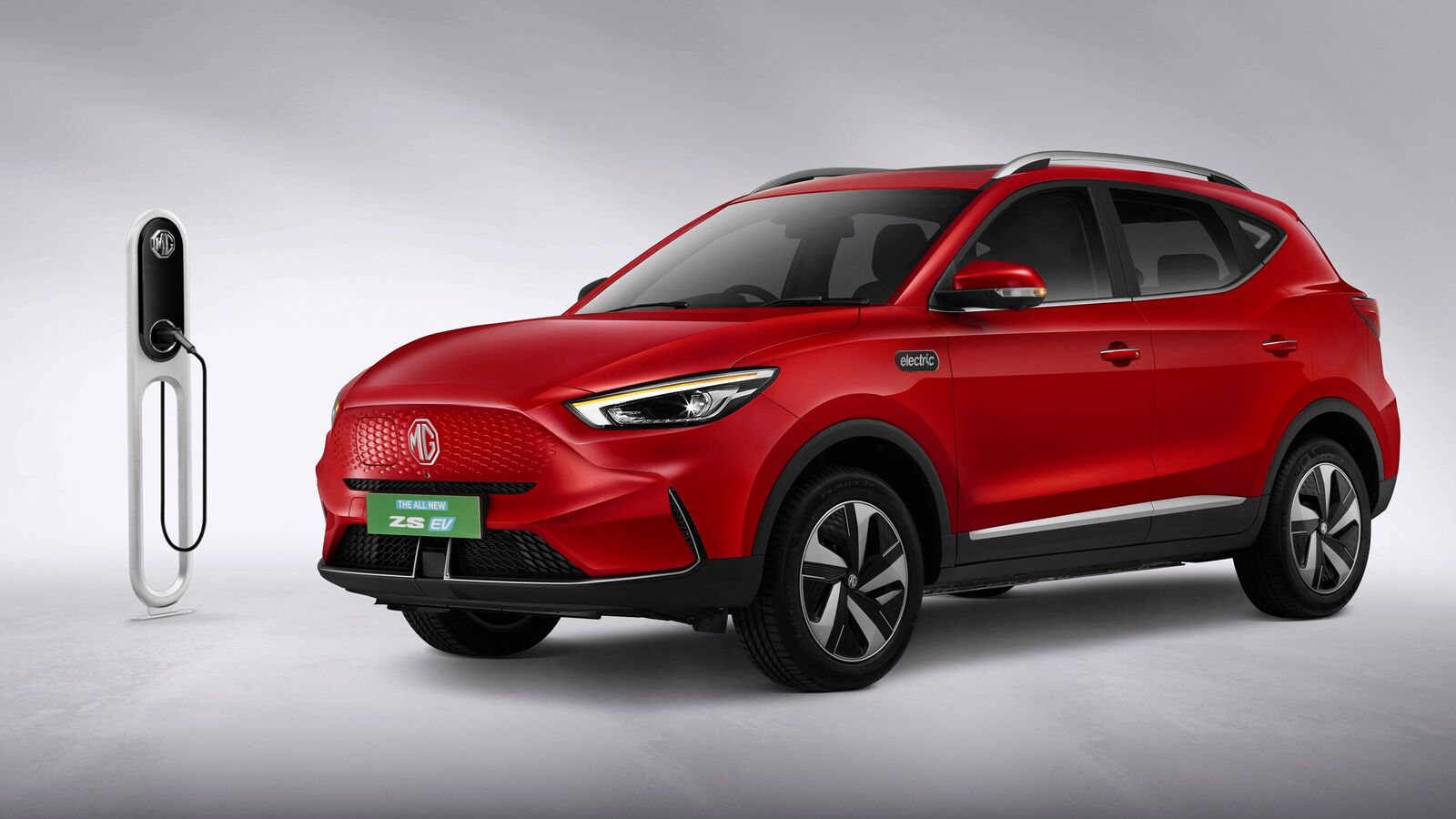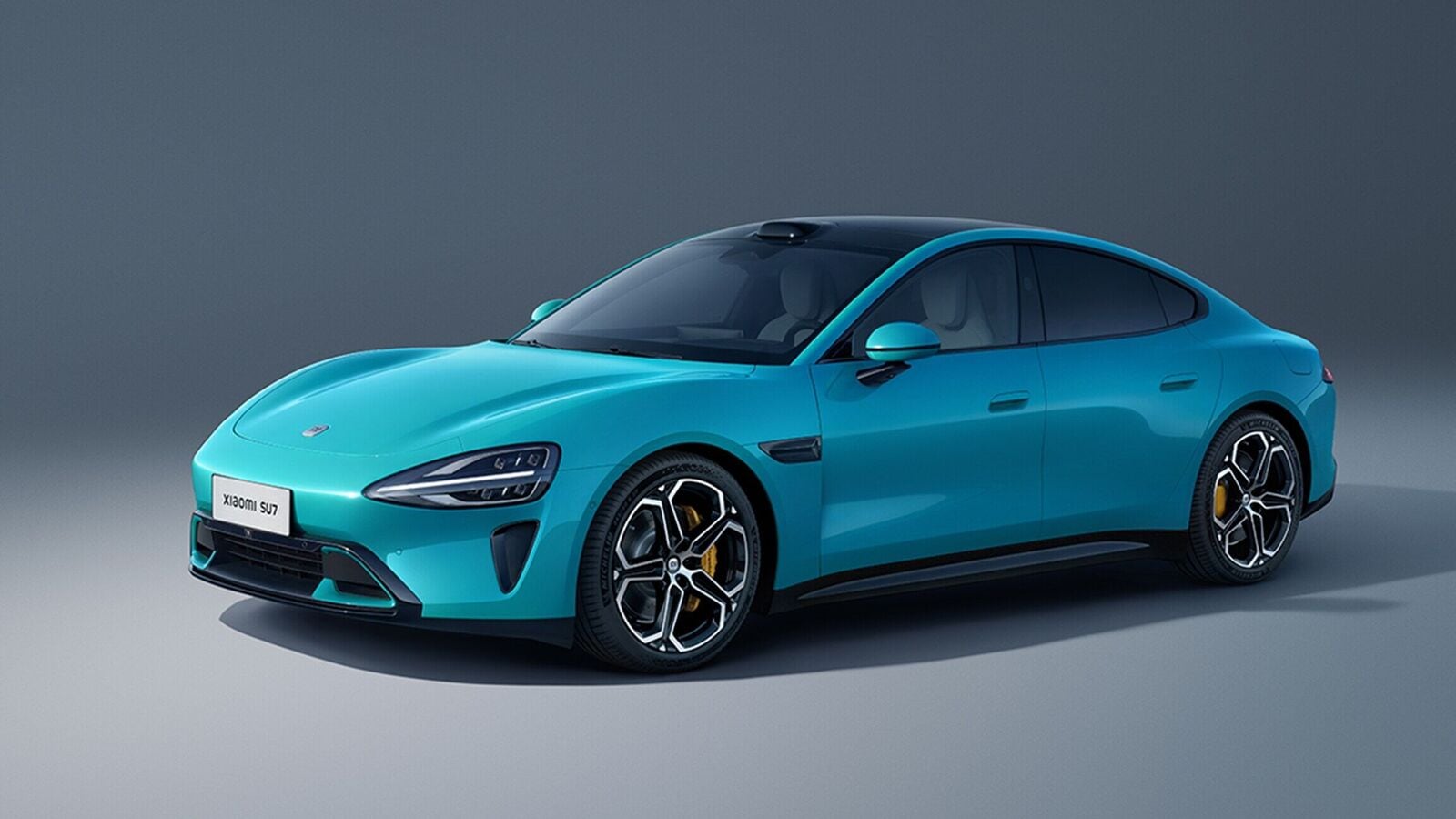Endeavour to Mustang Mach-E
- US–based auto giant Ford Motor is expected to return to India soon with models like new Endeavour SUV and Mustang Mach-E.
Ford Motor could soon to return to India as the US-based carmaker recently filed a few design patents for the domestic market and two of its global models spotted on Indian roads recently. Ford Motor has not officially made any statement on the future of Ford India yet. However, the carmaker is expected to make a comeback after two years after stopping production in 2022. From Figo to Ecosport, Ford has offered several popular models in India before it left the market. While these models may not return to India, here is a look at five global cars which one would like to see on Indian roads when Ford returns.
The Endeavour SUV, rival to Toyota Fortuner, is one of the most awaited models in India. The rival to Toyota Fortuner, Endeavour has been one of the best-selling models in the large SUV space before Ford stopped making cars in India. Recently, Ford Everest was seen on Indian roads, triggering speculation of the SUV’s return. Everest is basically the new generation avatar of the Endeavour SUV sold globally.
The Everest SUV spotted in India comes powered by a 2.0-litre turbo diesel or a 2.0-litre bi-turbo diesel engine. The turbo engine can churn out 168 bhp of power while the bi-turbo can generate 208 bhp of power. The torque output peaks at 405 Nm and 500 Nm. The turbo diesel engine uses a 6-speed automatic transmission whereas the Bi-turbo gets a 10-speed automatic transmission. Both gearboxes get SelectShift and Ford offers 4×2 as well as 4×4 drivetrains.
Ford Ranger
The Ranger pickup truck is another model that was spotted on Indian roads along with the Everest SUV. The Ranger, which could rival the likes of Toyota Hilux and Isuzu D-Max sold in India, is one of the smallest pickup trucks Ford offers in global markets.
Ford offers the Ranger pickup globally with three engine options. There is a 2.3-litre EcoBoost, 2.7-litre EcoBoost and a 3.0-litre EcoBoost. The 2.3-litre unit puts out 266 bhp of max power and 420 Nm of peak torque. Then there is the 3.0-litre unit that is rated for 399 bhp and 583 Nm. As of now, the 2.7-litre engine has not gone on sale. Ford says that they are targeting power and torque figures of 310 bhp and 542 Nm.
Ford Bronco
IF Ford was to have an SUV that can rival the likes of Mahindra Thar or Maruti Suzuki Jimny, it would probably be the Bronco. Ford launched the Bronco SUV in 2021 with both two-door and four-door 4X4 versions for the first time. Ford Bronco SUVs are offered in two powertrain options. There is a 2.7-litre EcoBoost V6 petrol engine which can produce 310 horsepower and 542 Nm of torque. It also comes equipped with a 2.3-litre EcoBoost four-cylinder engine which can churn out 270 hp of power and peak torque of 420 Nm.
Ford Mustang Mach-E
Ford used to sell the Mustang sports car in India before it wrapped up business three years ago. However, the Mustang can return to India in its new electric avatar when Ford makes a comeback. Ford Mustang Mach-E, which was recently trademarked in India, comes with up to 502 km of driving range. Ford offers the EV equipped with two battery choices – a 72 kWh unit and a 91 kWh unit.
Ford F-150 Lightning
As EV adoption in India grows and customers look forward to newer models, Ford may find an opportunity in the electric pickup segment with the F-150 Lightning. Launched for the first time in 2022, the F-150 Lightning is one of the most popular electric pickup trucks in the US.
The Ford F-150 Lightning pickup truck comes with a range of 482 km on a single charge. Equipped with dual electric motors, one on each axle, the electric pickup can achieve 563 horsepower and a staggering 1,050 Nm of peak torque. F-150 Lightning can go from 0 to 100 kilometres per hour in just four seconds. Ford claims that with a super fast DC charger, the F-150 Lightning can replenish around 87 kms of charge in just 10 minutes, charging the battery from 15 to 80% in just 41 minutes. The towing capacity of the F-150 Lightning, an important characteristic in pickup trucks, is 4.53 tonnes.
First Published Date: 08 Mar 2024, 15:51 PM IST
Source link






